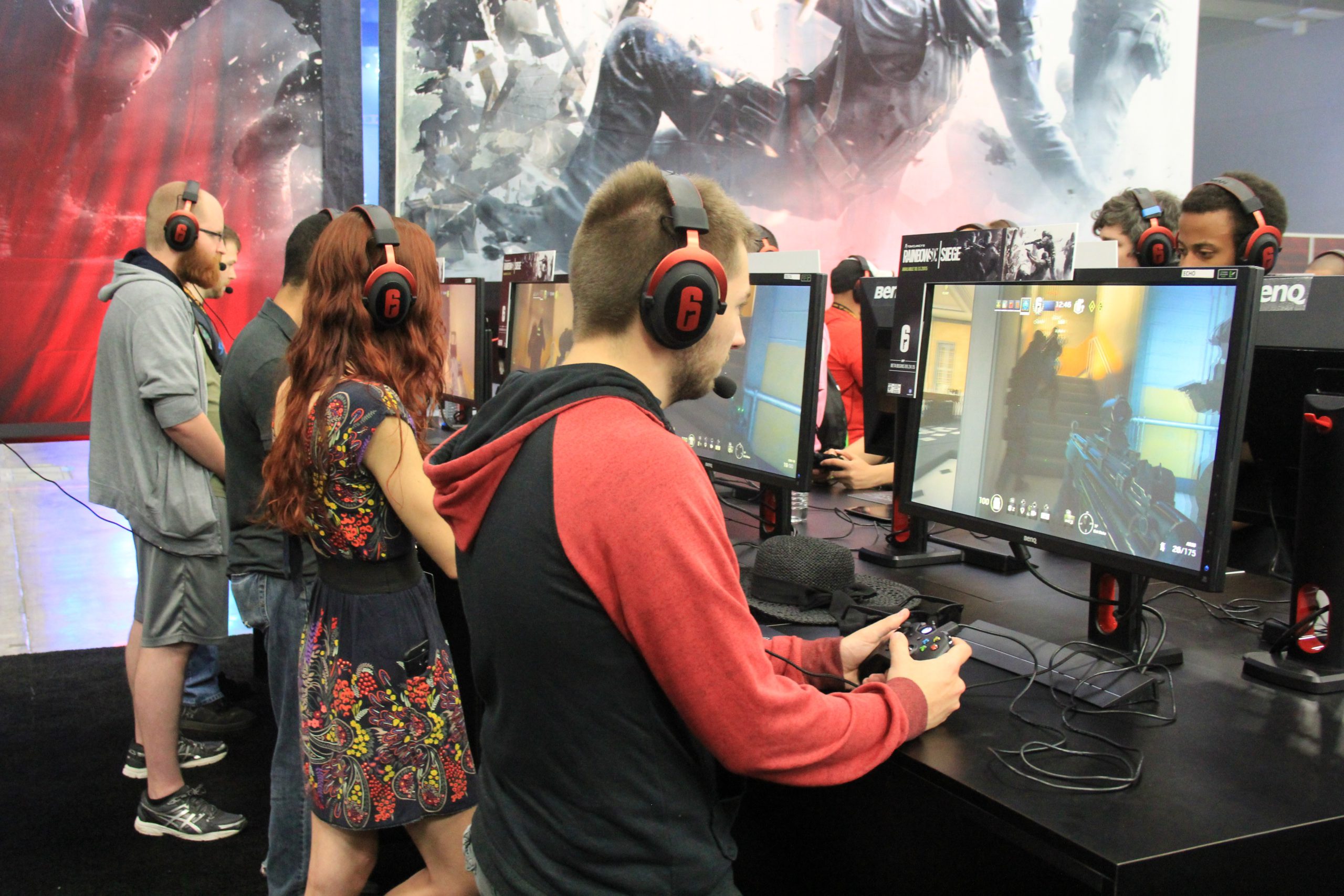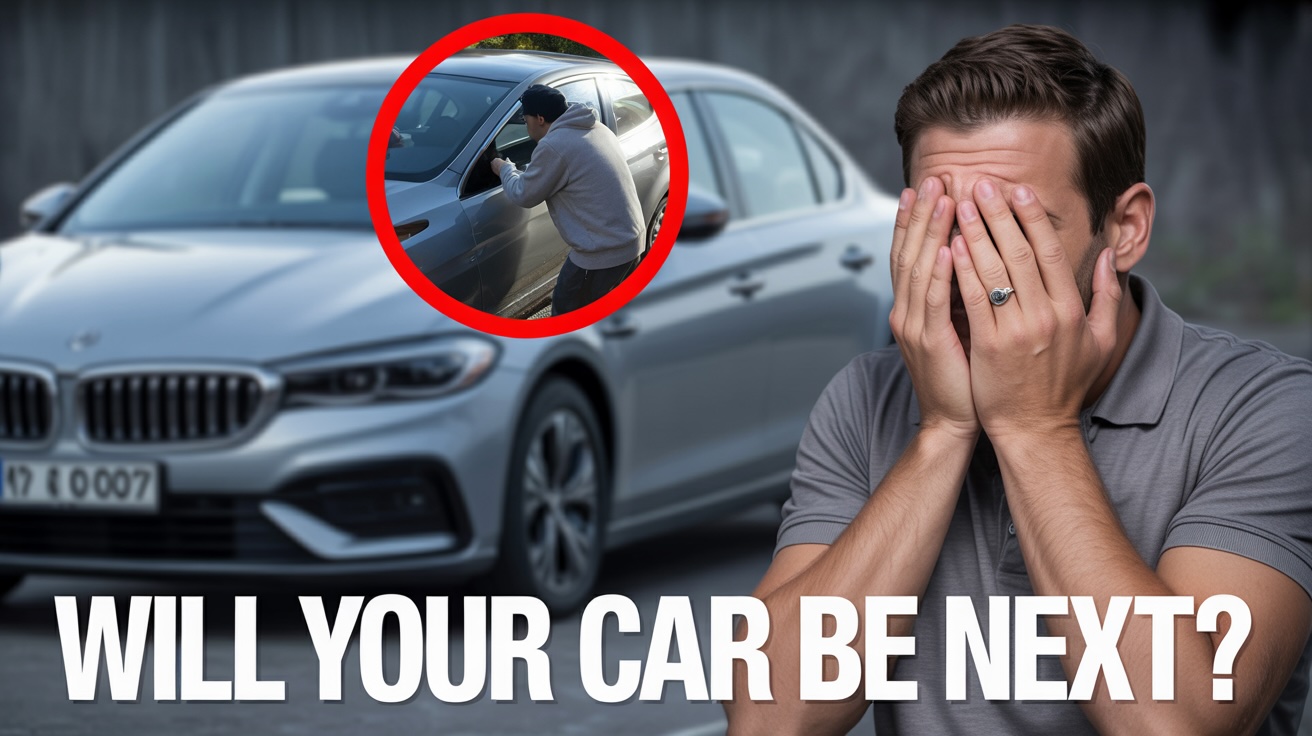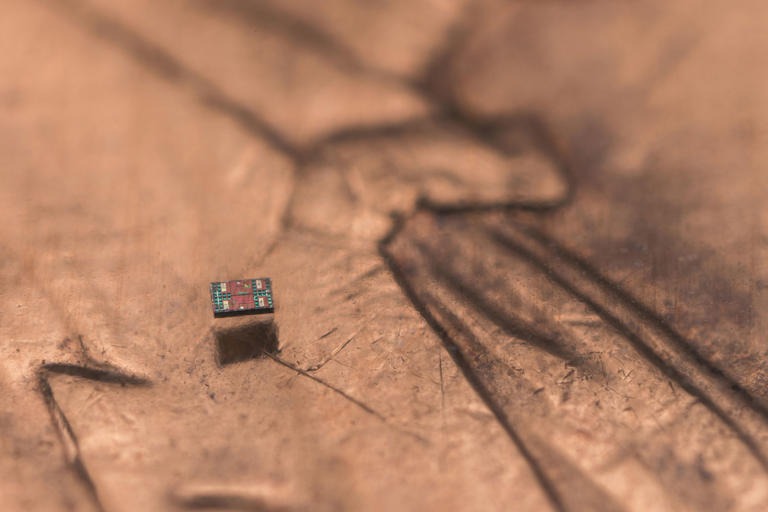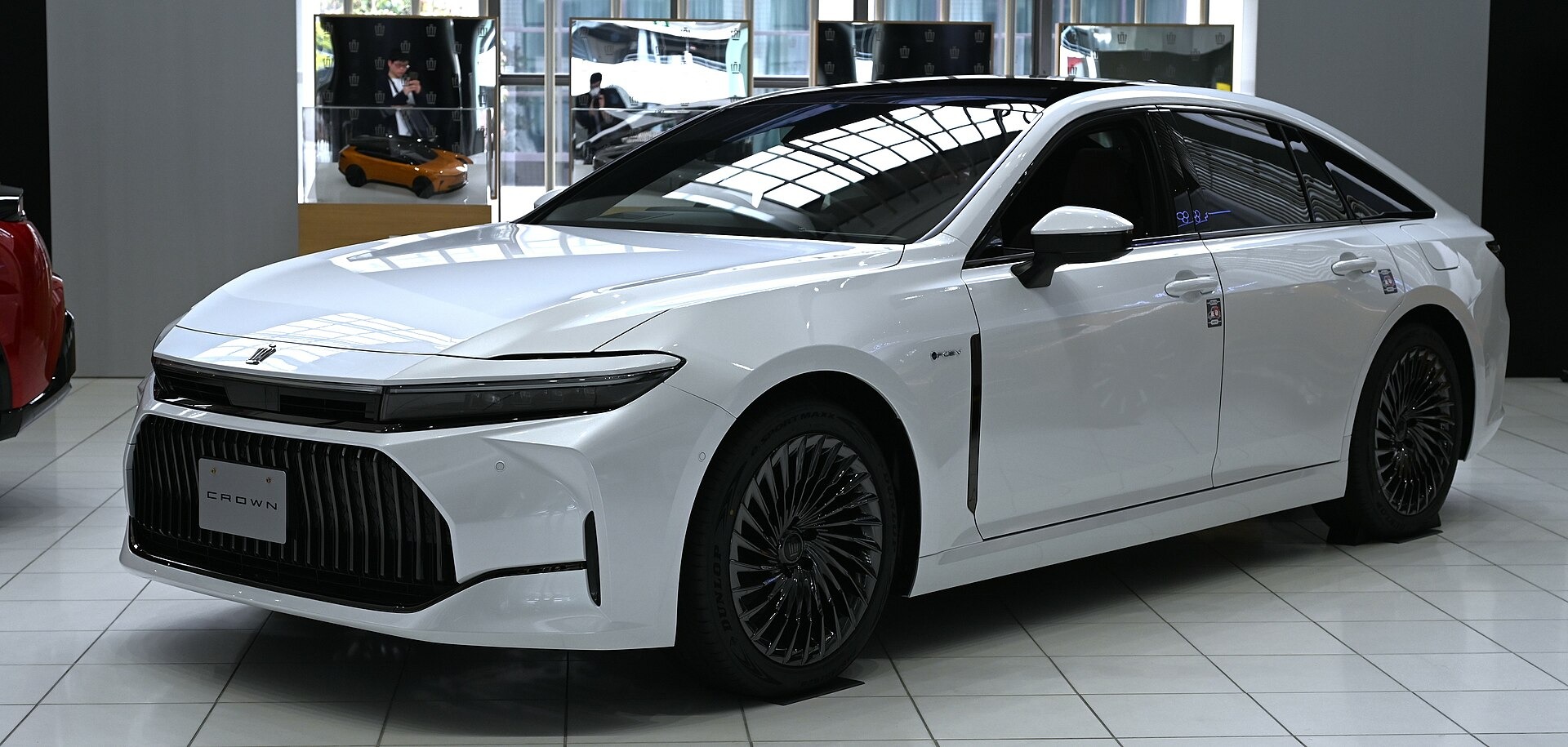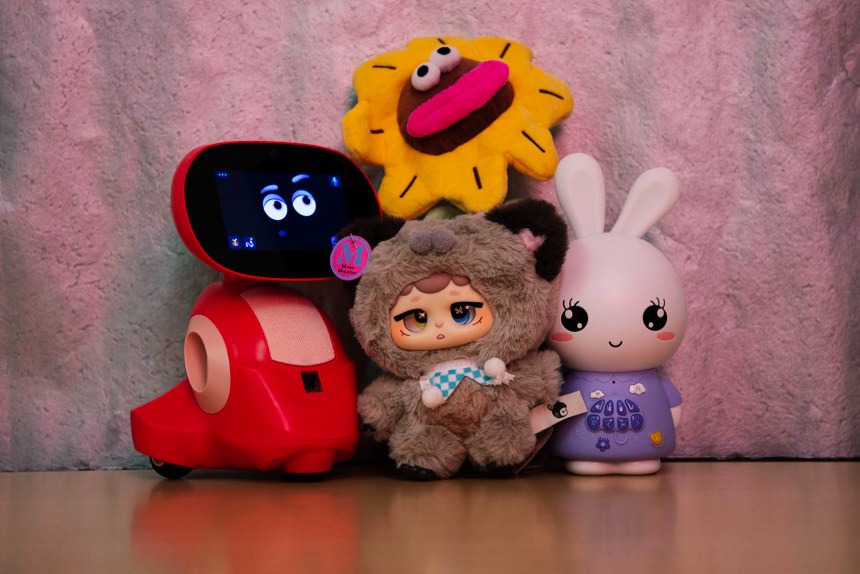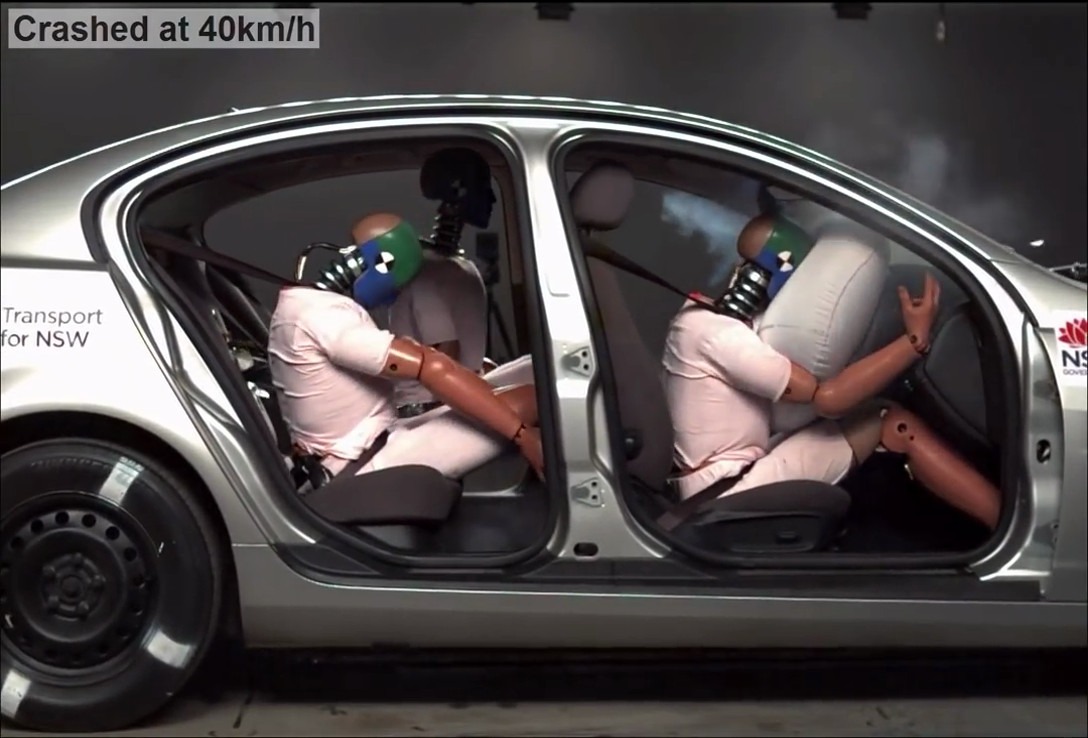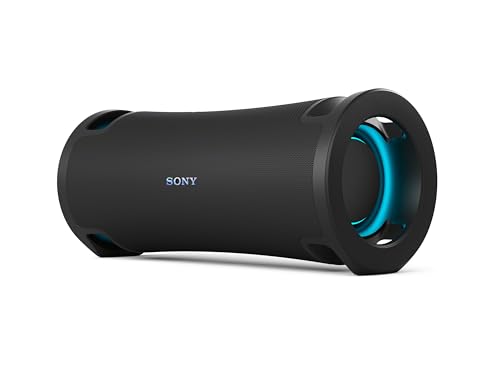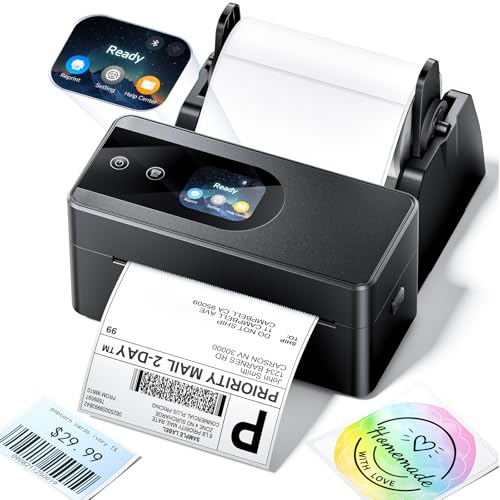Clutching a $20 weapon skin in the final circle, you spot an enemy first but somehow die anyway. Your flashy cosmetic just turned you into a neon billboard screaming, “shoot here.” Welcome to the world of “pay-2-lose” skins—where developers sell you digital disadvantages disguised as premium cosmetics.
Unlike pay-2-win mechanics that boost stats, pay-2-lose skins actively sabotage your performance through three sneaky methods:
- The “shiny target” effect makes you glow like a gaming influencer’s RGB setup against muted battlefields
- Unique audio cues—louder footsteps, clanking armor, celebratory voicelines—broadcast your position to anyone wearing decent headphones
- Bulky models and ornate weapon designs obstruct your vision or alter character silhouettes, disrupting the visual clarity that separates good players from dead ones
These cosmetic disadvantages turn premium purchases into competitive handicaps.
Apex Legends players recently roasted a Warriors Collection skin for making users easier to spot, while Call of Duty’s “Lethal Luxury” operators became walking targets in Warzone’s darker zones. VALORANT weapon skins often obstruct crucial aiming points, forcing players to choose between style and precision. The pattern repeats across competitive titles: elaborate cosmetics that prioritize flash over function, creating visibility issues that developers rarely address in their marketing materials.
Community analysis consistently shows flashy cosmetics correlating with decreased performance metrics.
Pro players figured this out years ago. Watch any tournament stream and count the default skins—top competitors avoid visual distractions like they’re allergic to losing money. They understand what casual buyers don’t: in games where milliseconds determine winners, that glowing skin isn’t a status symbol. It’s a handicap with a price tag. The competitive meta has essentially created a two-tier system where serious players strip away cosmetic flourishes for pure performance advantage.
Professional gaming demonstrates that visual clarity trumps aesthetic appeal in high-stakes competition.
The irony cuts deep. You’re literally paying developers to make you worse at their game, then wondering why your K/D ratio tanked after that cosmetic shopping spree. Before dropping cash on the next limited-edition skin, ask yourself: Does this help you win, or just help opponents find you? Consider following the pro playbook—sometimes the best skin is no skin at all. Your rank depends on choosing correctly.


